
Indoor Vertical Green Wall: A Sustainable and Stylish Way to Transform Your Space
- Home
- Indoor Vertical Green Wall: A Sustainable and Stylish Way to Transform Your Space
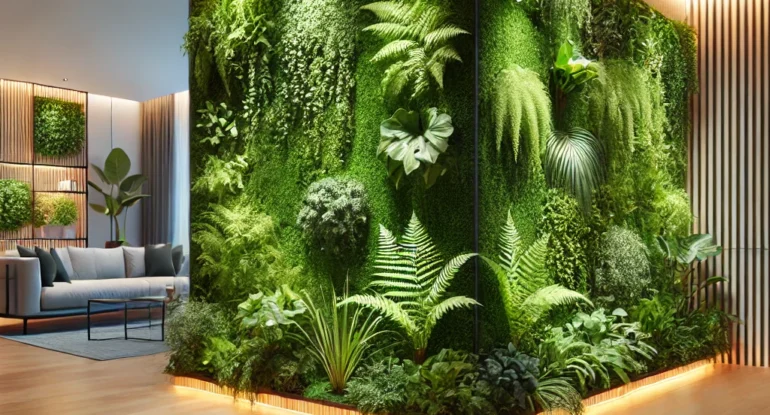
Indoor Vertical Green Wall: A Sustainable and Stylish Way to Transform Your Space
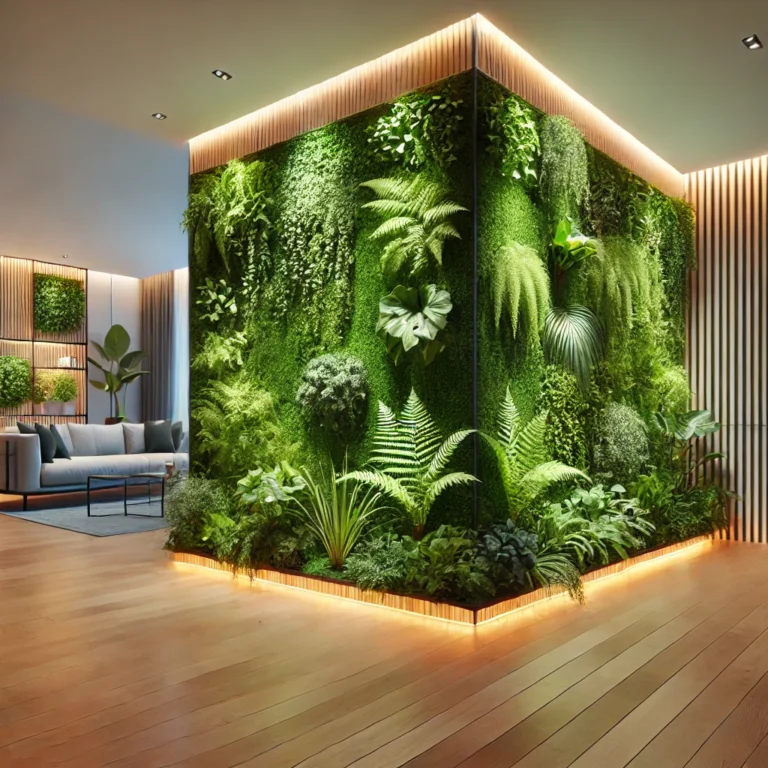
The concept of incorporating nature into indoor environments has gained immense popularity, especially with urban spaces becoming more compact. An Indoor Vertical Green Wall, also known as a Vertical Garden or Living Wall, offers a stylish and sustainable solution for bringing greenery indoors, enhancing both aesthetic appeal and environmental benefits. Whether you’re considering a Greenery Wall for your home or office, this eco-friendly innovation goes beyond decoration—it’s a functional piece of art that transforms any space while promoting well-being.
What is an Indoor Vertical Green Wall?
An Indoor Vertical Green Wall is a structure that allows plants to grow vertically, either on a wall or on a freestanding frame. It can be a Plant Wall with real plants like ferns, succulents, or herbs, or an Artificial Green Wall designed for minimal maintenance. These Vertical Garden Walls add a natural element to your space and provide environmental benefits, such as improving air quality, reducing noise pollution, and enhancing mental well-being.
Types of Indoor Vertical Green Walls: There are various types of Indoor Green Walls to suit different preferences, spaces, and budgets. Some popular options include:
- Living Wall: This Vertical Garden uses real plants that grow in soil or a hydroponic system, providing natural beauty. Living Walls are great for creating a tranquil atmosphere indoors.
- Hydroponic Tower: This soil-free system uses water and nutrients to grow plants in a vertical arrangement. Systems like Vertical Hydroponic Garden Towers and Vertical Hydroponic Systems are efficient and save space.
- Artificial Green Wall: For those looking for the aesthetics without the maintenance, an Artificial Green Wall offers a realistic greenery look, perfect for areas with little sunlight or high-traffic zones.
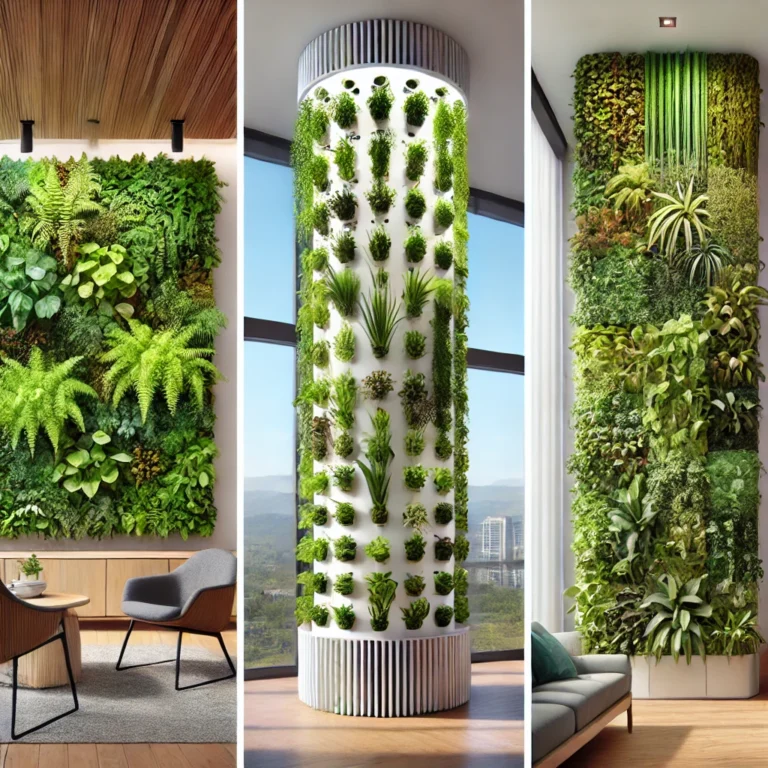
Materials and Factors for Setting Up a Vertical Green Wall
1. Wall Structure and Frame: The foundation of any Indoor Vertical Garden is the wall or frame structure that holds the plants. The frame must be sturdy enough to support the weight of plants, soil, and water. Common materials include:
- Wooden Frames: Ideal for a natural look.
- Metal Frames: Provide a modern touch and are highly durable.
- Plastic Modular Systems: Lightweight, easy to install, and often used in DIY Vertical Gardening Systems.
2. Growing Medium: The medium in which plants grow can vary depending on the type of Plant Wall. Some common options include:
- Soil-Based Systems: Traditional garden soil works well for Living Walls, providing nutrients for the plants.
- Hydroponic Systems: A Vertical Hydroponic System uses nutrient-enriched water to grow plants, eliminating the need for soil. This is perfect for spaces where maintenance needs to be minimal.
Felt or Foam Panels: These materials hold water and act as growing mediums, keeping the roots hydrated while allowing plants to thrive vertically.
3. Irrigation System: A proper irrigation system is essential for maintaining the health of your Indoor Vertical Green Wall. Automated irrigation systems can help ensure that the plants are watered regularly without over- or under-watering. Some popular irrigation methods include:
- Drip Irrigation: A system of tubes and emitters that delivers water directly to the roots.
- Hydroponic Irrigation: In Hydroponic Garden Towers and systems, water is constantly circulated, delivering nutrients to the plants without soil.
4. Lighting for Vertical Green Walls: Proper lighting is crucial for the health of the plants in your Indoor Vertical Garden, especially if it’s placed in an area with limited natural light. Some options for Vertical Garden Lightings include:
- Natural Light: If your Indoor Green Wall is located near a window, make sure the plants receive enough sunlight. South-facing windows provide the most light.
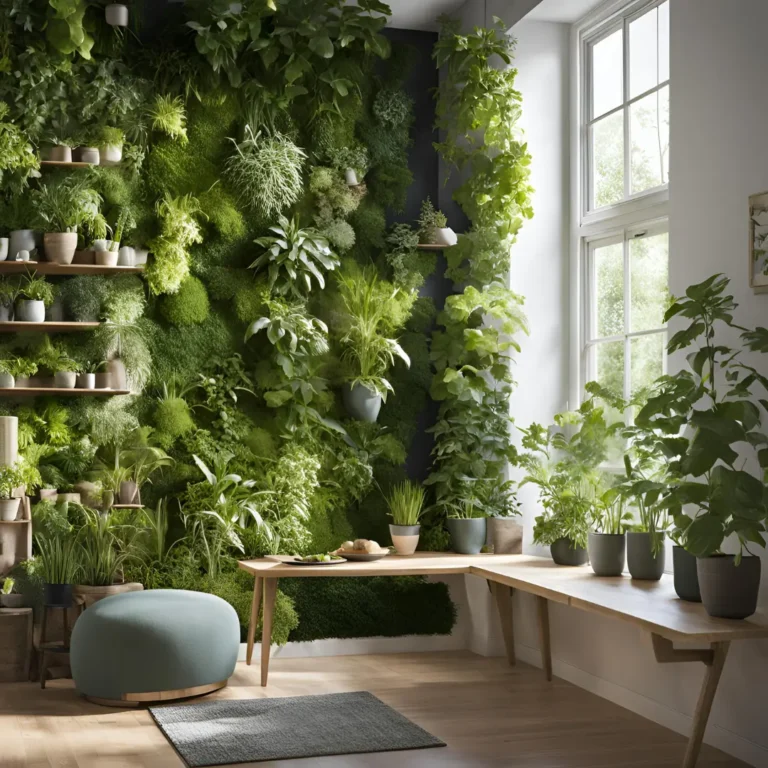
- LED Grow Lights: These are energy-efficient and emit the right spectrum of light needed for plant growth. Grow lights are essential for Vertical Gardens Inside House where natural light may not reach.
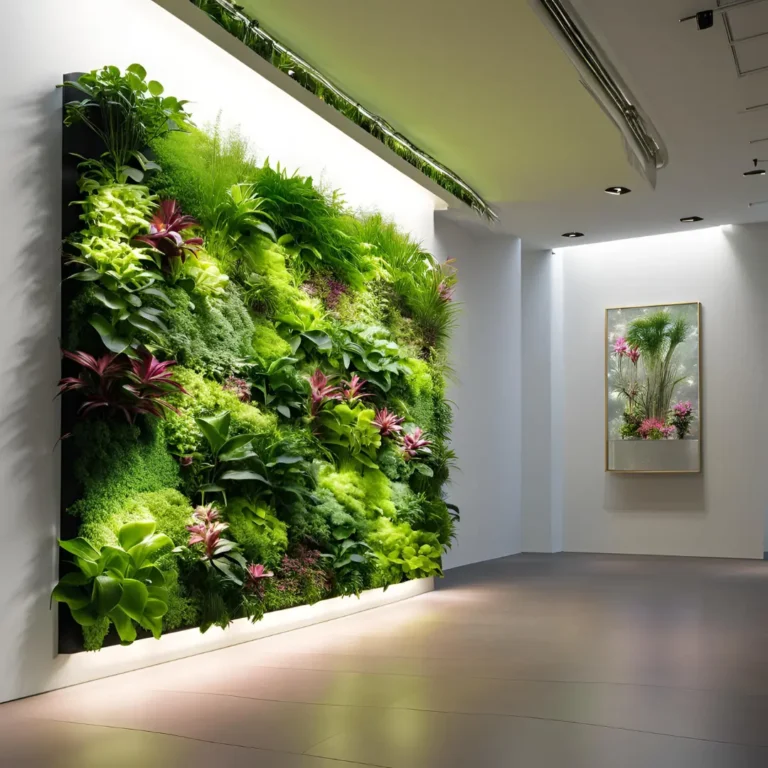
- UV Lighting: This type of lighting can mimic sunlight and help plants thrive indoors. It’s particularly useful for plants that require high levels of sunlight.
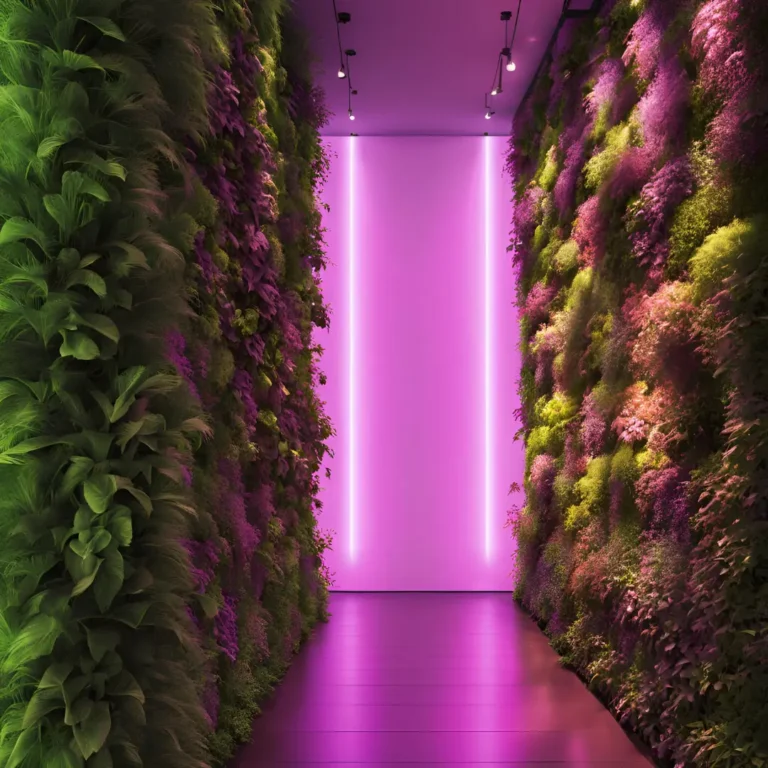
5. Fertilizers and Nutrients: For Living Walls and Vertical Hydroponic Gardens, providing the right nutrients is critical to ensure the healthy growth of plants. Hydroponic systems require water-soluble fertilizers, while soil-based walls may need organic fertilizers depending on the plant species.
6. Drainage System: A proper drainage system is vital to prevent water from accumulating at the base of your Vertical Garden Wall. Excess water can cause root rot and mold, especially in indoor environments. A well-designed drainage system will capture excess water and channel it away from the wall.
7. Artificial Green Wall Options: For those who want the look of greenery without the responsibility of maintaining live plants, an Artificial Green Wall is an excellent option. These require minimal setup and no irrigation, lighting, or fertilization systems. Artificial Garden Walls are ideal for office environments or areas where sunlight is scarce.
Benefits of Indoor Vertical Green Walls
- Space Efficiency: Indoor Vertical Gardens make the most of unused vertical space, making them ideal for small apartments, offices, or other compact living areas. By using walls rather than floors, you save valuable room without compromising on greenery.
- Improved Air Quality: Plants act as natural air filters, absorbing carbon dioxide and releasing oxygen. A Plant Wall can also help remove toxins and pollutants from the air, making your indoor environment healthier.
- Temperature Regulation: An Indoor Green Wall can act as a natural insulator, helping to regulate indoor temperatures. In summer, they absorb excess heat, keeping the interior cooler. In winter, they provide additional insulation, reducing energy costs.
- Noise Reduction: Plants can absorb sound, making Green Walls excellent for reducing noise pollution, especially in busy office settings or homes near traffic-heavy areas.
- Mental Health Benefits: Numerous studies have shown that being surrounded by greenery can reduce stress, enhance mood, and promote a sense of well-being. A Vertical Garden in your home or office brings the calming benefits of nature indoors.
Installation Options for Indoor Vertical Green Walls: Creating an Indoor Vertical Garden is easier than you might think, with several options available depending on your space and needs:
- DIY Vertical Gardening Systems: You can create your own Vertical Garden using simple materials like planters and hanging baskets, or go for more advanced solutions like Hydroponic Garden Towers.
- Pre-Fabricated Living Wall Kits: Many companies offer ready-to-install kits with irrigation systems and frames, allowing for easy installation.
- Artificial Green Walls: For those who prefer low-maintenance greenery, artificial systems are a hassle-free way to achieve the look of a lush Garden Wall.
Plant Selection for Your Indoor Vertical Green Wall: Choosing the right plants is crucial for the success of your Indoor Green Wall. Here are a few suggestions:
- Low-Light Plants: Consider ferns, spider plants, or pothos, which thrive in low-light conditions.
- Edible Plants: Grow herbs like basil or mint in your Hydroponic Garden Tower for fresh, indoor greenery that’s also useful in the kitchen.
- Succulents: These hardy plants require little water and are ideal for Living Walls that receive lots of sunlight.
A Green Wall Vertical Garden is an innovative solution that integrates nature into urban and indoor spaces, combining aesthetics with environmental benefits. Utilizing a Vertical Green Wall System, these structures transform blank walls into lush, living ecosystems. Ideal for both residential and commercial settings, a Living Wall Garden Indoor enhances air quality, reduces noise, and promotes well-being through biophilic design. These Vertical Plant Walls employ modular panels or frames to support diverse flora, from ferns to flowering species, creating dynamic Indoor Greenery Wall displays. Advanced setups, such as a Hydroponic Green Wall, eliminate the need for soil, using nutrient-rich water systems to sustain plants efficiently. Whether installed in offices, lobbies, or homes, Vertical Plant Walls offer a space-saving way to incorporate nature into modern interiors, aligning with sustainable design trends.
For indoor environments seeking a blend of functionality and beauty, Indoor Green Wall Systems provide customizable solutions tailored to specific needs. An Interior Green Wall serves as a striking focal point while improving humidity levels and air purification. These Indoor Vertical Garden Wall designs often integrate smart technology, such as automated irrigation and LED lighting, to optimize plant health in low-light conditions. The Vertical Gardening Green Wall System is particularly suited for compact spaces, allowing urban dwellers to cultivate herbs, succulents, or tropical plants vertically. As a versatile Indoor Grow Wall, this system supports hydroponic or soil-based cultivation, catering to gardening enthusiasts and novices alike. By merging innovation with nature, Indoor Green Wall Systems redefine interior landscapes, fostering a harmonious connection between built environments and the natural world.
Conclusion: Incorporating an Indoor Vertical Green Wall into your space is an excellent way to merge aesthetics with functionality. Whether you opt for a Living Wall, Vertical Hydroponic Garden, or an Artificial Green Wall, the benefits go beyond visual appeal. From improving air quality to boosting mental well-being, a Vertical Garden is a stylish, sustainable choice for modern interiors. By considering factors such as lighting, irrigation, and materials, you can create a thriving Indoor Plant Wall that enhances your home or workspace, making it a healthier and more inviting environment.
Comments (2)
Leave A Comment Cancel reply
- Blog Categories
- Basic of Artificial Lighting for Plants
- Basic of grow Light
- Case Studies
- General Awareness
- Indoor Vertical Farming
- Medical Plant Research
- Online Tool
- Pitch Grow Light
- Plant Lighting Measurement
- Speed Breeding
- Supplemental Lighting
- Tissue Culture Grow Lights
- Vertical Green Wall
- LED Grow Lights
- Pharma Segment
- General
Popular Products
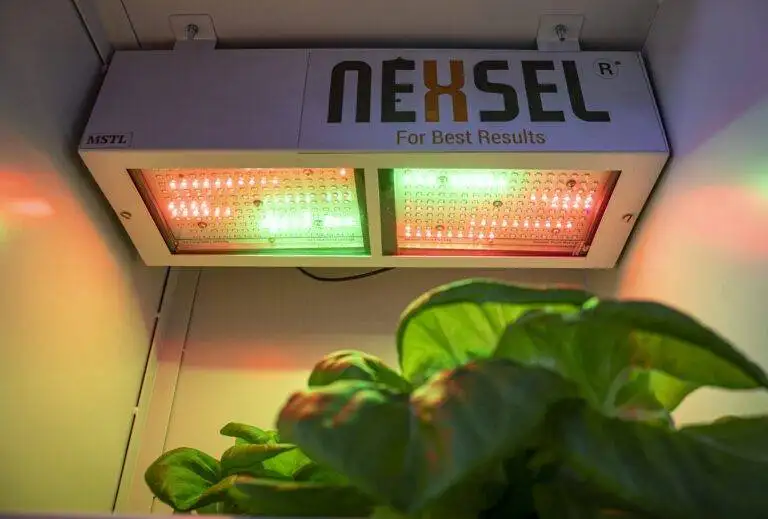
Enquire Now
Quick Link
Other Links
Design & Developed By VBTEK



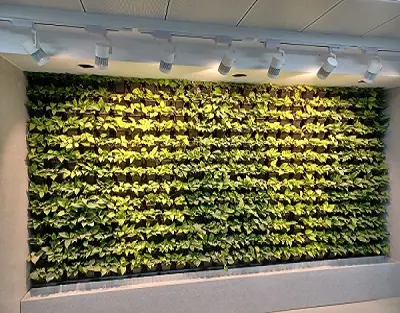
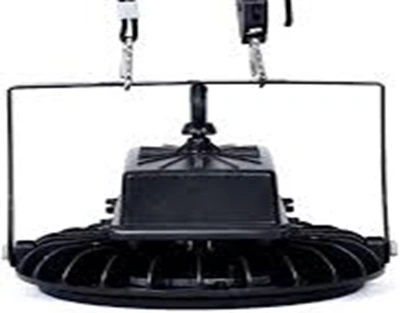
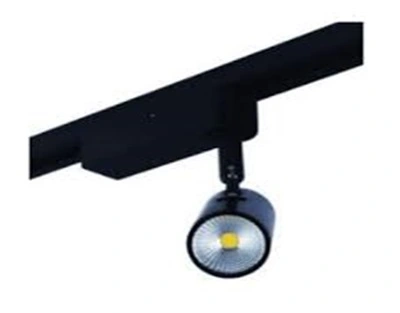
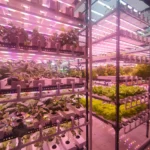
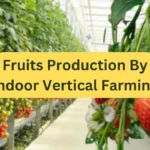
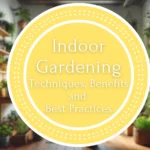
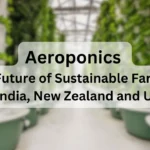
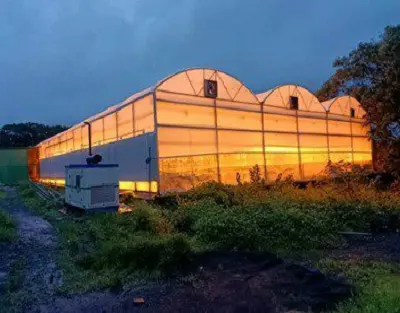
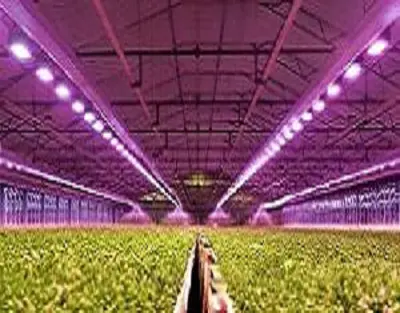
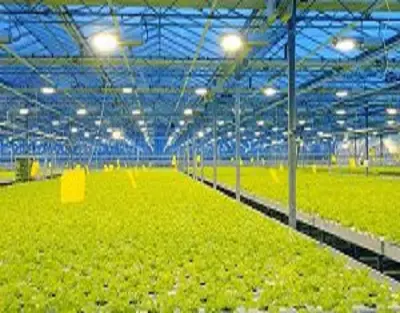
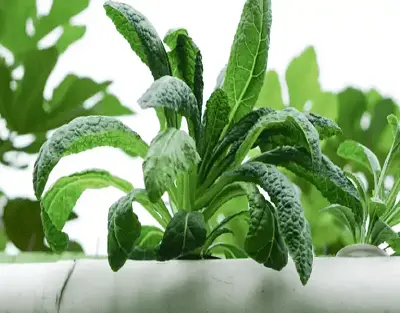
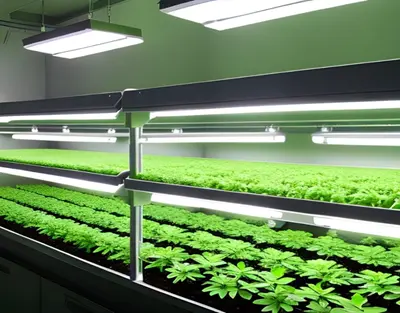
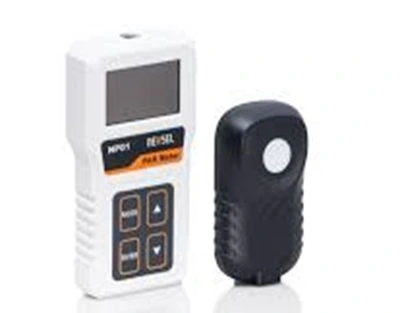
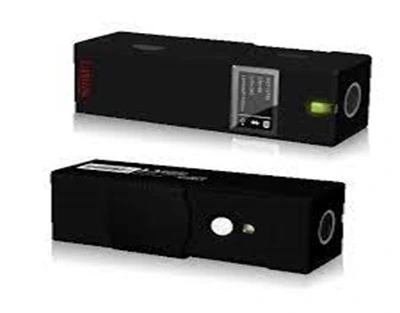
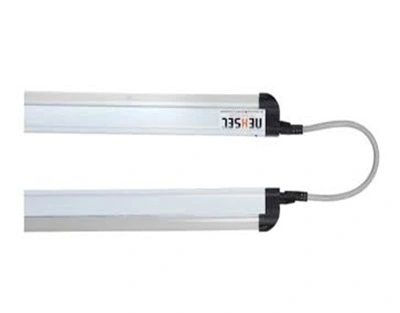
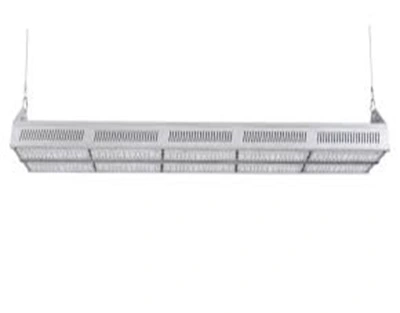
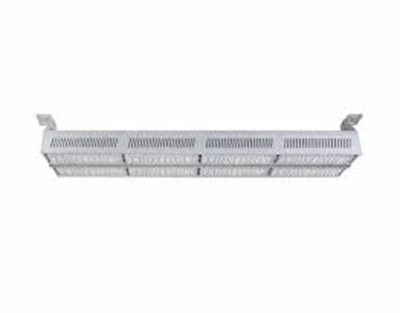
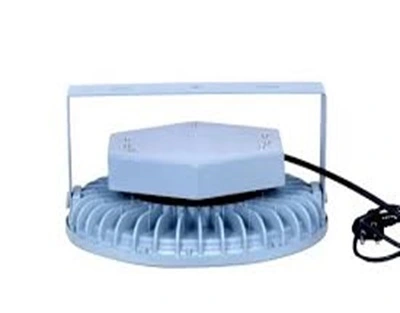
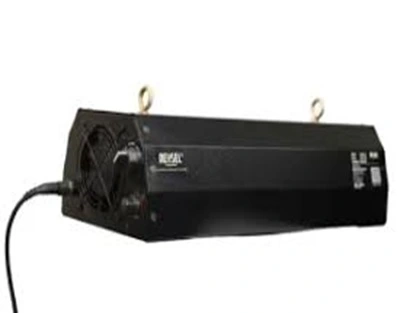
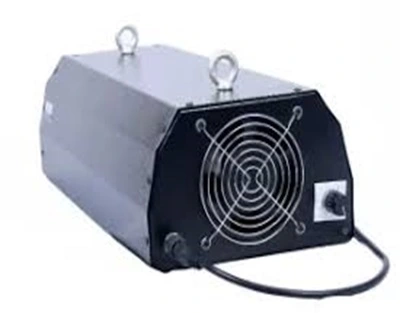
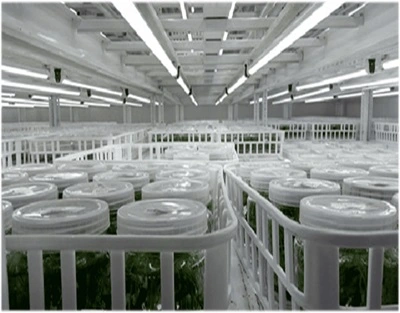
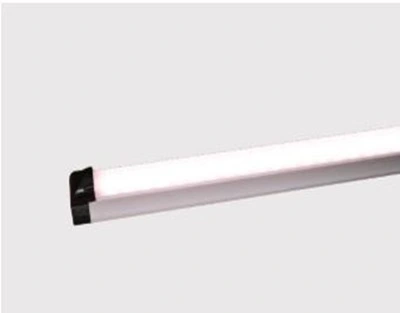
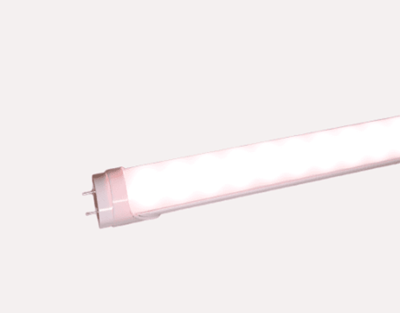
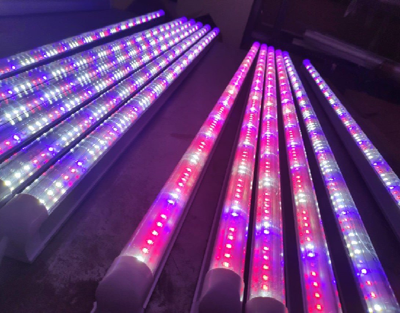
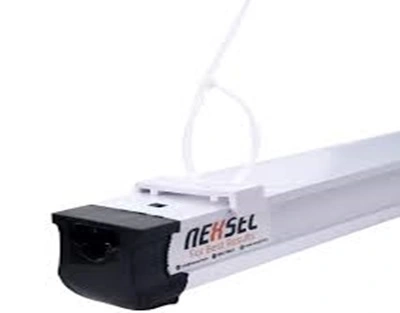
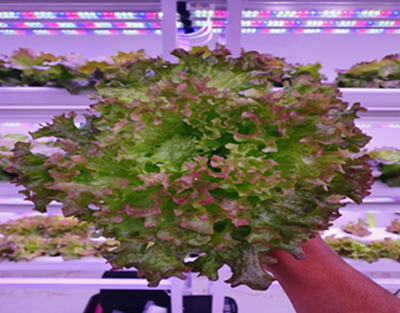
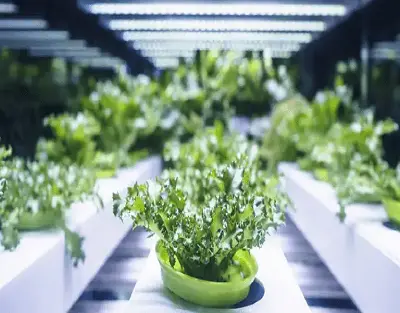
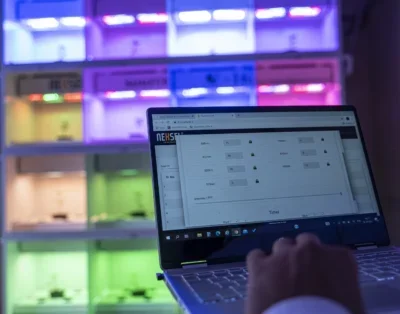


Chris Mcdonald
Hi,
Thanks for sharing this great insight on indoor vertical green walls! It’s amazing how they combine sustainability with style, offering both environmental benefits and aesthetic value. I’m curious—what types of plants work best for these green walls, especially in indoor spaces with limited natural light? Looking forward to more ideas on incorporating nature into modern living spaces!
write for us technology
Kavya Thakur
Thanks for the article on indoor green walls! They’re a nice way to add plants indoors. Are they easy to take care of, and do they work well in small spaces?